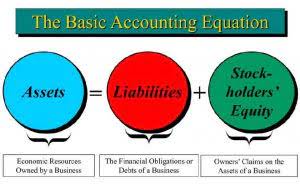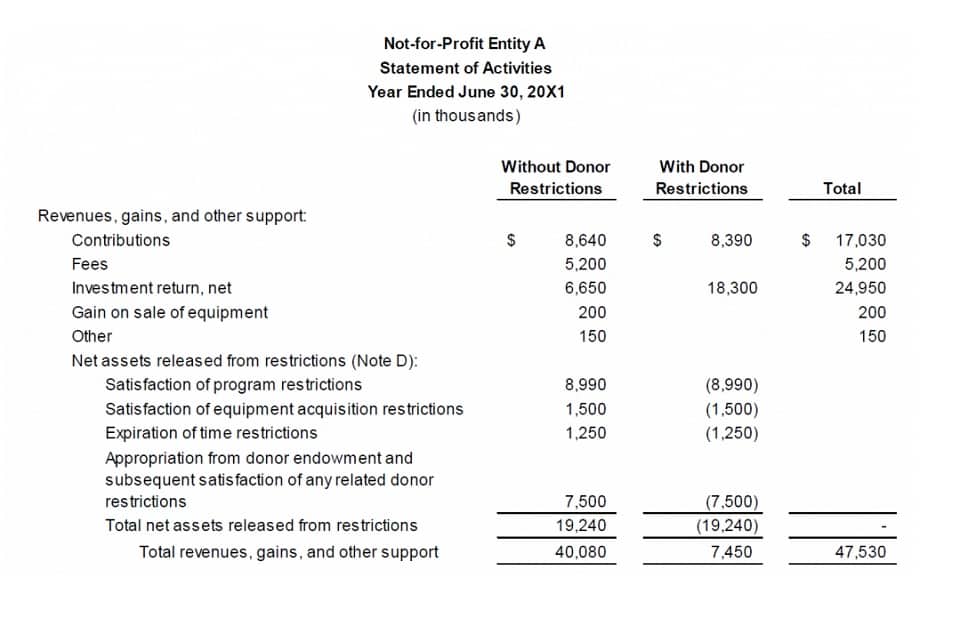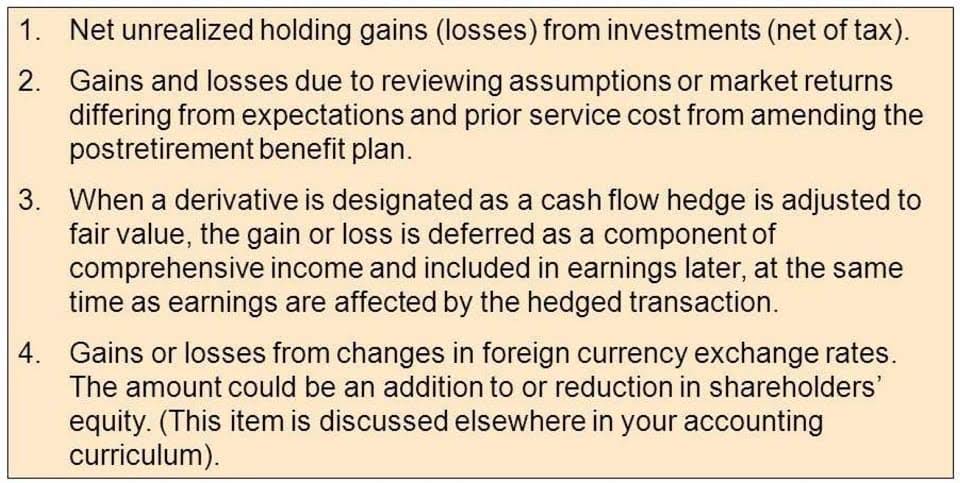
Let’s assume that on January 1, 2024 a corporation issues a 9% $100,000 bond at its face amount. The bond is dated January 1, 2024 and requires interest payments on each June 30 and December 31 until the bond matures at the end of 5 years. The corporation is also required to pay $100,000 of principal to the bondholders on the bond’s maturity date of December 31, 2028. Treasury or a corporation sells a bond instrument for a price that is different from the bond’s face amount, the actual interest rate earned is different from the bond’s stated interest rate. Put another way, the effective interest rate is equal to the nominal return relative to the actual principal investment.
- The interest rate represents the market interest rate for the period of time represented by “n“.
- In other words, the additional $500 every six months for the life of the 9% bond will mean the bond will have a market value that is greater than $100,000.
- When it comes to accounting for bond investments, the method used to amortize the premium or discount can significantly impact the reported interest income and carrying value of the bond.
- Figure 13.8 shows the effects of the premium amortization after all of the 2019 transactions are considered.
- This approach, while easier to calculate, does not consider the time value of money and may not accurately represent the true cost of borrowing or the yield earned by the investor.
Summary of the Effect of Market Interest Rates on a Bond’s Issue Price
This gradual increase reflects the bond’s true cost of borrowing and provides a clear picture of the bond’s value at any point in time. For example, consider a bond with a face value of $100,000, a stated interest rate of 5%, and a market interest rate of 6%. The bond will be issued at a discount because its stated rate is less than the market rate. Let’s say the present value of when the effective interest rate method is used, the amortization of the bond premium the bond’s cash flows, discounted at the market rate, is $95,000. The Effective Interest Method is lauded for its accuracy in reflecting the economic reality of a bond investment.

Bond Interest and Principal Payments
In the ever-evolving landscape of digital marketing, link building remains a cornerstone strategy… Video marketing is the use of video content to promote your brand, products, or services. In the realm of digital marketing, timing can be as crucial as the message itself. This process continues each year, with the carrying amount and the interest expense being recalculated until the bond matures or is called. Note that the last amortization amount was adjusted slightly to fully amortize the premium. We aim to be a premium yet affordable prep provider for finance certification exams.

Balance Sheet
From an accountant’s perspective, the effective interest method ensures that the financial statements reflect the true cost of borrowing or the real yield on an investment, beyond the face value of the bond. Investors, on the other hand, appreciate this method for the clarity it provides on the actual returns on their bond investments, taking into account the time value of money. Understanding these dynamics is crucial for both investors and issuers to manage interest rate risk and to make informed decisions about buying, holding, or issuing bonds. The effective interest method provides a systematic approach to account for these changes, ensuring that financial statements accurately reflect the economic realities of bond transactions. To illustrate, let’s consider a bond with a face value of $1,000, issued at a discount for $950 with a stated interest rate of 5% and a market rate of 6%.
- The following table summarizes the effect of the change in the market interest rate on an existing $100,000 bond with a stated interest rate of 9% and maturing in 5 years.
- In our example, there will be interest payments of $4,500 occurring at the end of every six-month period for a total of 10 six-month or semiannual periods.
- For the past 52 years, Harold Averkamp (CPA, MBA) hasworked as an accounting supervisor, manager, consultant, university instructor, and innovator in teaching accounting online.
- However, the amount paid for a bond can differ from its face value, resulting in either a premium or a discount.
- Conversely, whenever the stated interest rate is lower than the current market interest rate for a bond, the bond trades at a discount to its face value.
- Keep in mind that a bond’s stated cash amounts—the ones shown in our timeline—will not change during the life of the bond.
- If investors will be receiving an additional $500 semiannually for 10 semiannual periods, they are willing to pay $4,100 more than the bond’s face amount of $100,000.
Straight-Line Amortization of Bond Premium on Annual Financial Statements
Unlike the straight-line method, which applies the same amount of interest expense in each period, EIM adjusts the Accounting for Marketing Agencies interest expense based on the carrying amount of the bond at the beginning of the interest period. This approach aligns the interest expense with the actual economic benefits received from the bond investment, providing a more accurate reflection of financial performance. The method also inherently adjusts for changes in the bond’s carrying amount due to amortization of any premium or discount. As the bond’s carrying amount decreases (in the case of a premium) or increases (in the case of a discount), the interest expense calculated using the effective interest rate will correspondingly decrease or increase. This dynamic adjustment ensures that the interest expense recognized in each period accurately reflects the bond’s amortized cost, maintaining consistency in financial reporting. Amortization of Bond Premium refers to the amortization of excess premium paid over and above the face value of the Bond.

Concept 56: Effective Interest Rate Method and Amortization of Bond Discounts/Premiums
The difference in the sale price was a result of the difference in the interest rates so both rates are used to compute the true interest expense. Assume that the loan was created on January 1, 2018 and totally repaid by December 31, 2022, after five equal, annual payments. For a Bond investor, the premium paid for a bond represents part of the cost basis for tax purposes. Therefore, premium amortized yearly can be used to adjust or reduce tax liability created by interest income generated from such bonds. The primary advantage of premium bond amortization is that it is a tax deduction in the current tax year. In that case, the premium paid on the bond can be amortized, or in other words, a part of the premium can be utilized towards reducing the amount of taxable income.


This approach contrasts with the straight-line method, which can distort the periodic interest and the carrying value of the bond over time. From the perspective of a CFO, accurate Accounting Periods and Methods bond valuation is essential for presenting a fair view of the company’s financial health. This method ensures that the interest expense reflects the economic reality of the bond’s cost over time, aligning the interest expense with the amount of economic resources consumed during the period. It provides a more accurate picture of an entity’s financial position and performance, especially when there are significant differences between the coupon rate and the market rate at issuance. The effective interest method is not just a more accurate way to account for bonds payable; it’s a reflection of the commitment to transparency and precision in financial reporting.